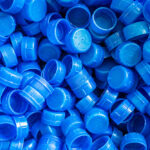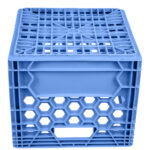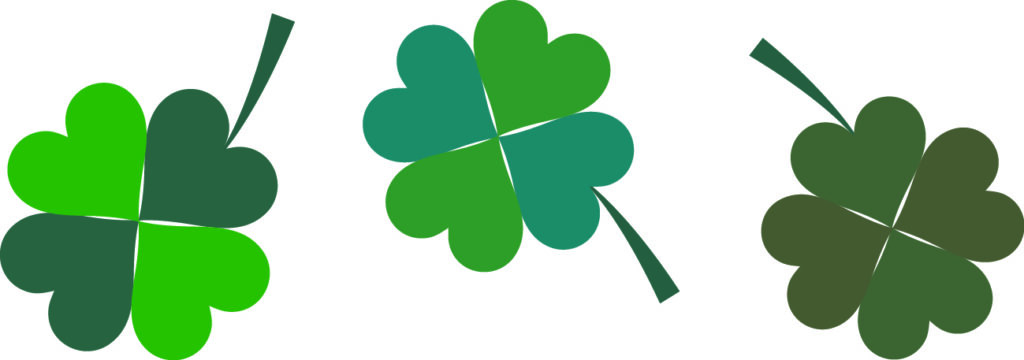NEWS
Do you have the Ultramarine Blues?
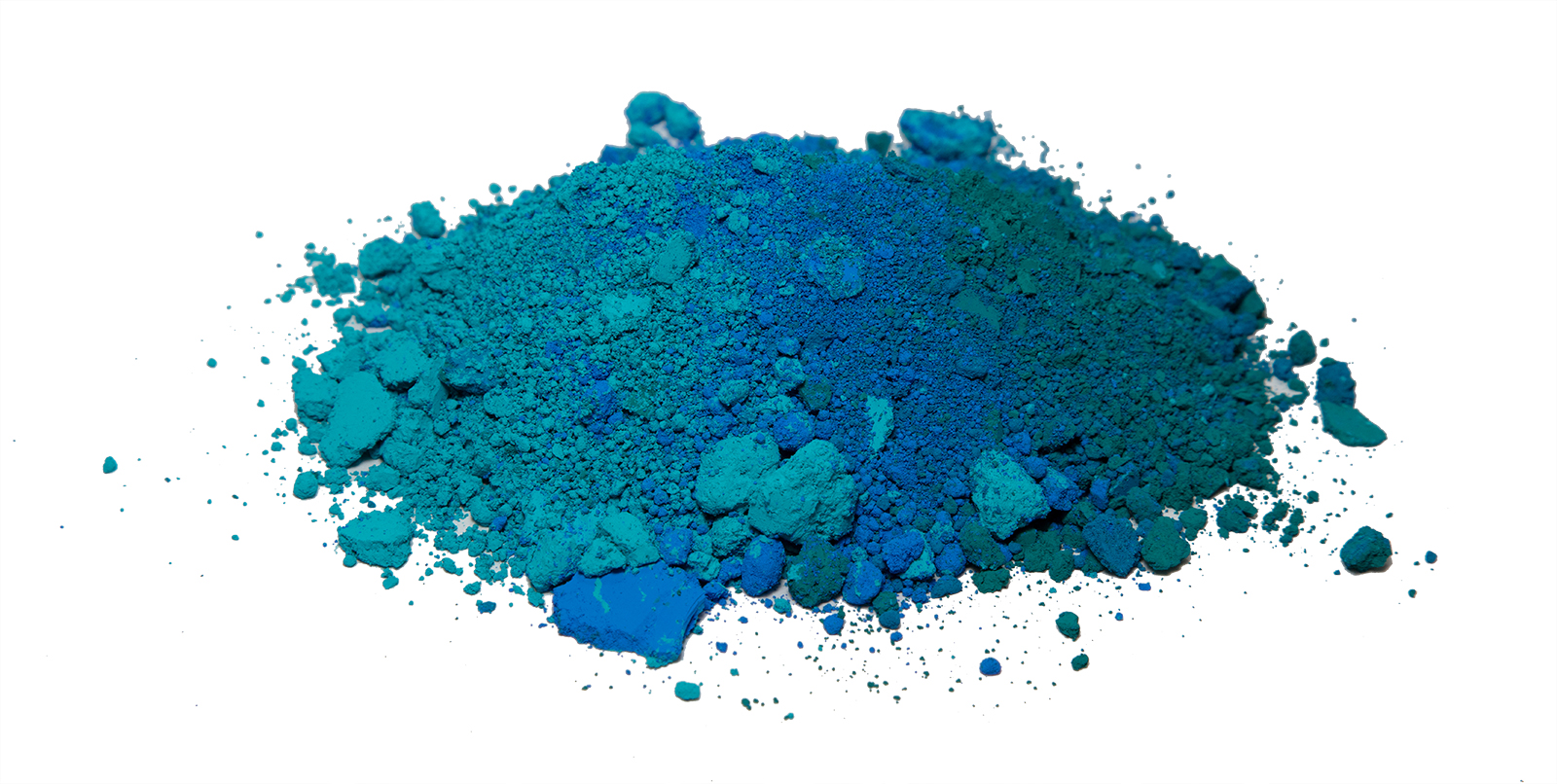
Are ultramarine blue pigments giving you…the blues? Are your polymers taking on a yellow cast? Shepherd Color has the color pigment solution you’ve been looking for.
While ultramarine blue can be used in a number of applications, maybe it is time to join the ‘Cobalt Club’. Cobalt blue pigments don’t have the acid instability, poor weathering, and low opacity of ultramarine blues. And of course, cobalt blues don’t stink. Also read this article in the Sept/Oct 2023 issue of European Coatings, page 108.
Example applications of ultramarine blues
- Blue plastic water bottle caps
- Blue milk crate
Shepherd Color’s cobalt blues (CI Pigment Blue 28 and Blue 36) come in a wide range of shades from teal-shade Green 187B and deep, saturated green-shade blues like our Blue 211 to the bright, red-shade blues capped off by our Blue 20G599 which maximizes the chromaticity and redness values. Cobalt blues stand up to acids and bases due to their inherent inert chemical nature that is locked-in during the high temperature (up to 2300F/1250C) calcination step.
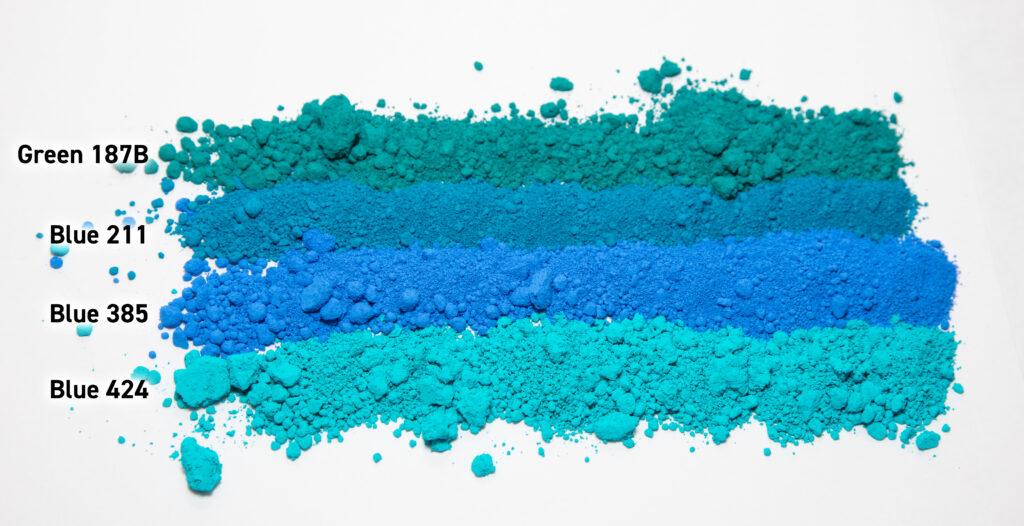
All of these blues exhibit outstanding weathering when incorporated into weatherable polymer systems. Ten, twenty, thirty-year and even longer color retention is possible in the most demanding environments.
Another benefit of their inorganic chemical structure is that they have higher opacity than ultramarine blues. There is no hiding it, cobalt blues have an advantage when it comes to making opaque coatings and plastics.
Because of their highly inert nature and non-migratory properties, the red-shade cobalt blues (PBl28) enjoy FDA compliance for food packaging. Blue 214, Blue 385, Blue 10C595 are standard red-shade blues for this application, Blue 20G599 pushes the edge of the color envelope with redness and chromaticity that have to be seen.
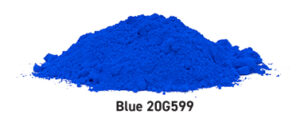
As a “Shepherd Color Exclusive” special grades of green shade cobalt blues (PBl36) have FDA FCN approvals. Green 10F687 and Blue 10F545 are one-of-a-kind colorants for something different in food packaging. “What’s cookin’?”- cobalt blues are!
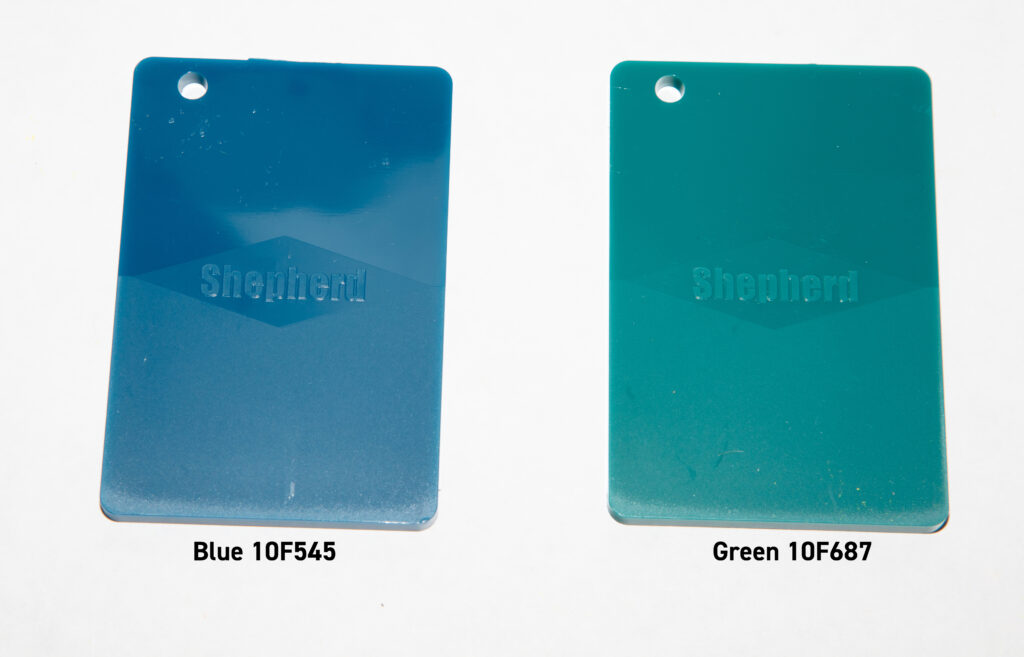
Need violet pigments? Shepherd Color has you covered!
Besides the cobalt blues, Shepherd Color also offers the Manganese Violet (PV16) pigments that are excellent for shading white colors. White pigmented polymers often can take on a yellow cast. To address this yellowness and improve neutral cool-tone of white, small but controllable amounts of Violet 11T eradicate the yellow cast and make your whites pop. For higher temperature applications our Violet 92 Cobalt Violet (PV14) gives engineering polymers bright, clean neutral whites.
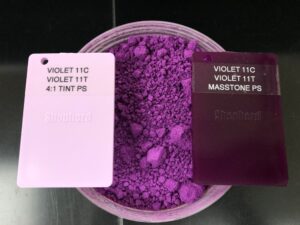
All together Shepherd Color has an unmatched range of blue and violet pigments that raise the bar over the performance possible with ultramarine blue pigments. When it comes to stability, weathering and opacity, Shepherd Color’s pigments brighten lives.
Read more:
Shepherd Color’s Cobalt Blue Pigments
The Shepherd Color Company Announces Their Newest Addition to the NTP Yellow Product Portfolio
Shepherd Color featured in January Edition of Coatings World
